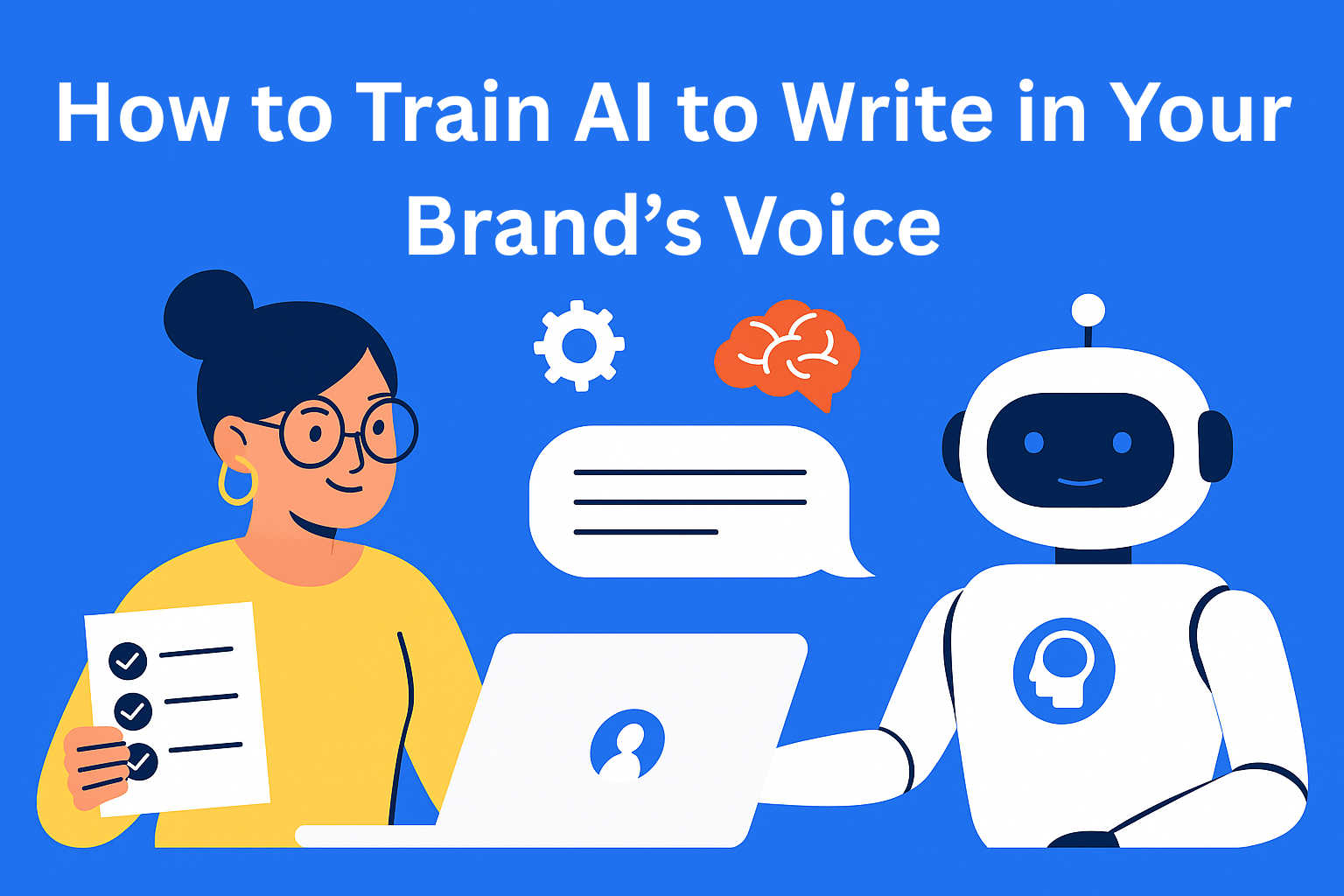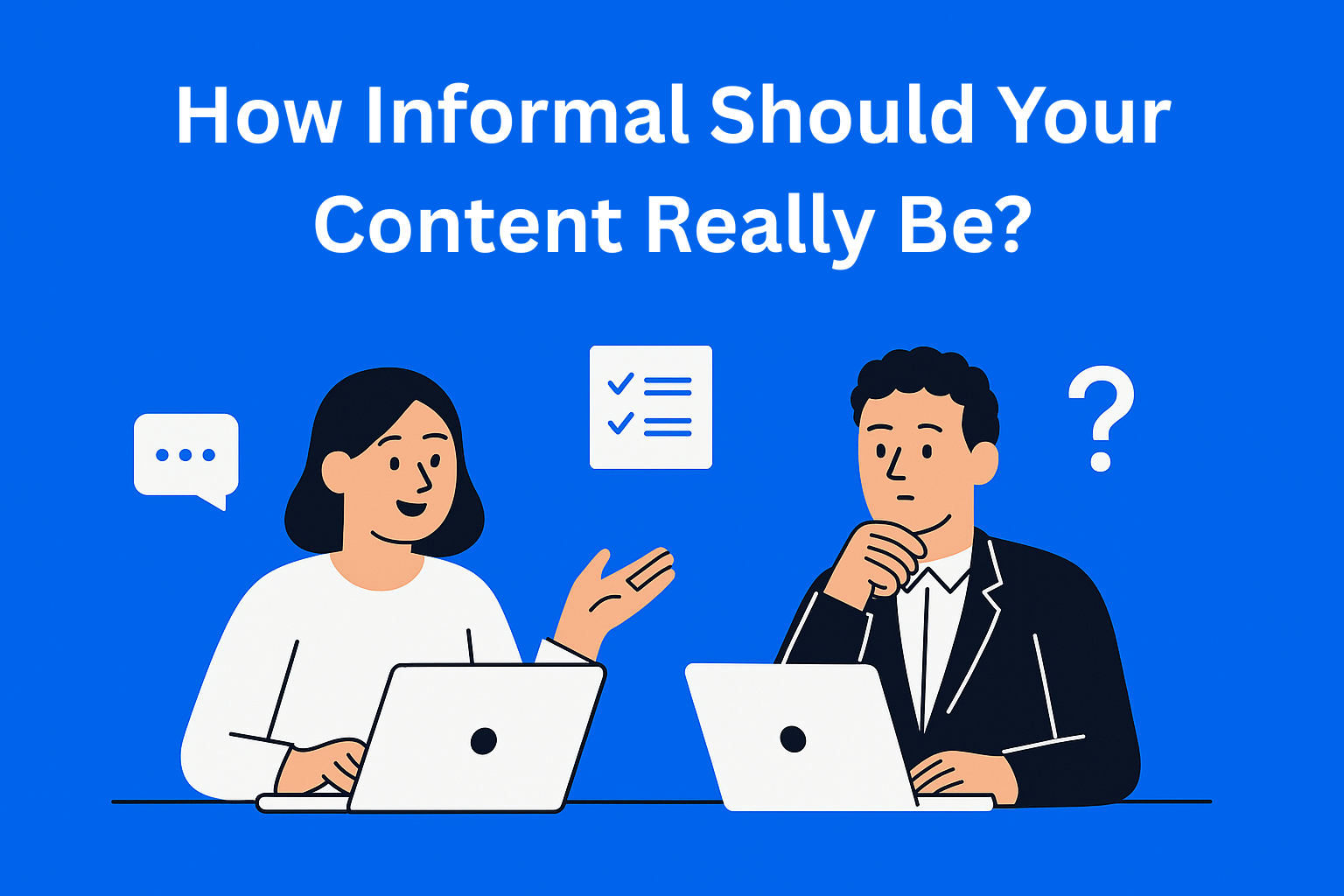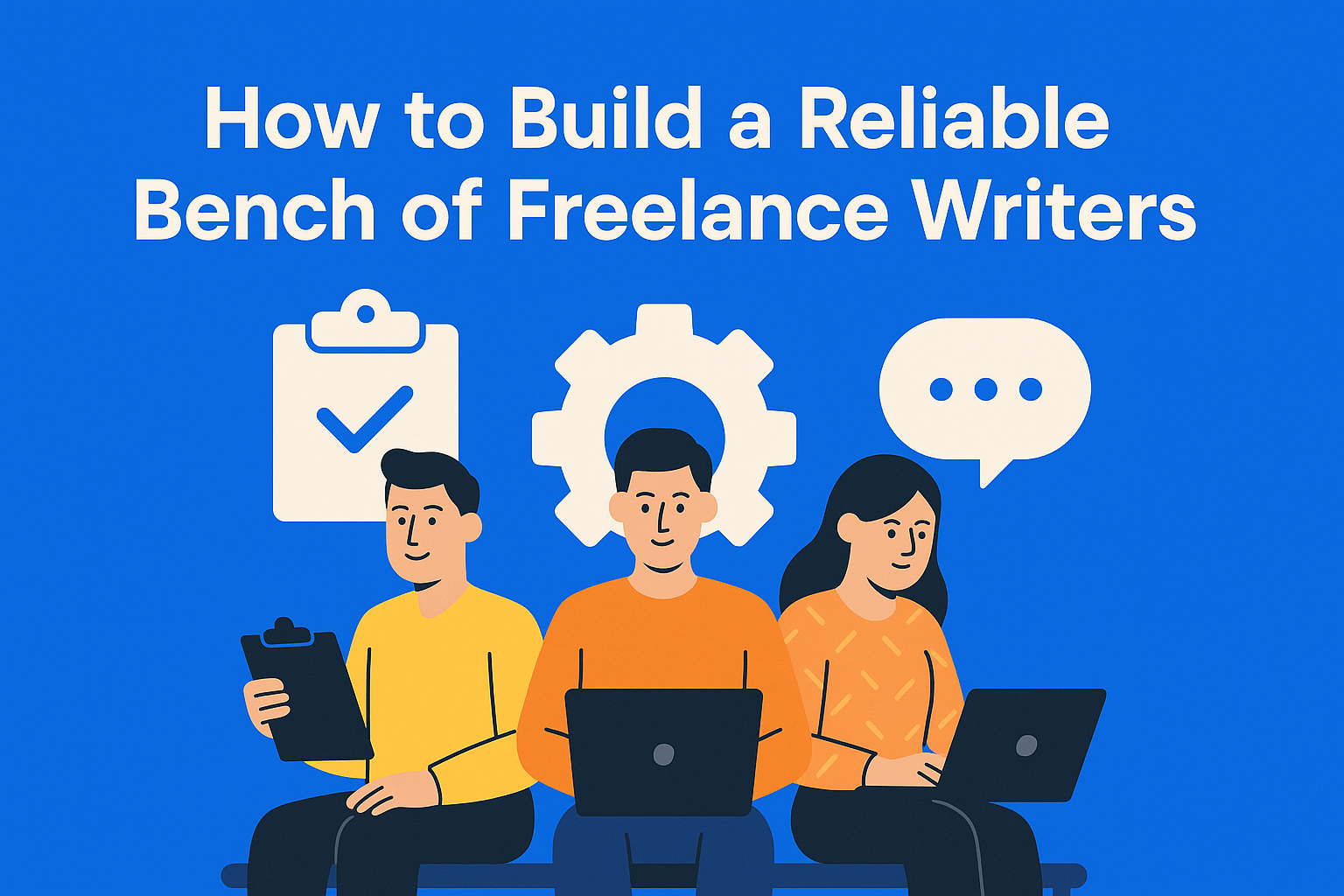How to Train AI to Write in Your Brand’s Voice
Learn how to train AI to write in your brand’s voice. Discover simple steps, examples, and feedback loops that make content consistent, authentic, and easy to read across blogs, emails, and social media.

Today, AI can write blogs, emails, ads, and social media posts. But generating text is one thing, and making that text truly sound like your brand is another. This is where the concept of brand voice comes in - the tone of communication that conveys your values and creates a sense of authenticity with your audience.
Key Takeaways
- Define your brand voice with clarity - go beyond “friendly” or “professional” and provide specific tone, emotions, and examples.
- Turn style into data - build word/phrase lists, sentence-length rules, and rhythm guidelines that AI can follow.
- Train with examples + feedback - collect sample texts, set rules, rate AI outputs, and update guidelines weekly for steady improvement.
- Adapt across channels - voice stays consistent, but tone shifts: Instagram = short + emotional, LinkedIn = professional, Email = personal + clear next steps.
- Measure and refine - use scorecards and NLP tools to check tone consistency, clarity, and authenticity over time.
- Details matter - emojis, punctuation, and preferred phrases become subtle markers that make your brand voice recognizable.
What is brand voice and why is it important
Brand voice is not just a writing style, but the way you communicate emotions and build relationships with readers. It can be warm and friendly, serious and authoritative, inspiring, or entertaining - depending on what you want to achieve. For example:
- a law firm must project security and trust,
- while a healthcare startup should communicate honesty and care.
When you define what emotions you want to convey, it becomes easier to teach AI to write in line with your brand.
How to turn brand identity into data
Instead of simply saying “our brand is friendly,” it’s better to give AI clear examples.
For instance, you can show it a sentence you want it to use - “Let’s get started together” -
and a sentence you want it to avoid - “Start right away on your own.”
When you create a list like this, AI can learn what fits your tone and what doesn’t. These lists are called semantic maps, but in reality, they are just collections of words and phrases your brand uses. When such examples are turned into data, AI can more easily recognize and apply them.
Training on the sentence level
AI also needs to master finer details: sentence length, rhythm, and word choice. The easiest way to explain this is with simple rules and examples.
If you want an energetic tone, use short sentences (up to ~12 words). Example: “Open the app. Choose a plan. Start today.” This rhythm feels quick and motivating.
If you want authority, use longer and fuller sentences (15-25 words), transition phrases (“therefore,” “as a result,” “based on”). Example: “Based on user feedback, we present an approach that ensures stable results in practice.” It feels calm and reliable.
Rhythm is achieved by alternating short and medium-length sentences (e.g., two short ones, then a longer one). More periods, fewer commas in a row. Example: “The plan is clear. First we set goals. Then we choose channels. Finally, we measure results.” The text is easier to read and remember.
Include favorite brand phrases: create a mini dictionary of 20-30 phrases you want to appear (e.g., “Let’s get started together,” “Here’s how we do it”) and a list of phrases to avoid (e.g., “Only today,” “Now or never,” if you don’t want an aggressive tone). This way AI knows what “sounds like you.”
Use rhetorical devices sparingly - one metaphor or comparison per text is enough. Example: “The plan is a map; AI is the compass.” Just enough for the image to stick in the reader’s mind, without overdoing it.
How to keep it simple? Make a short rule, like: “energetic = short sentences + active verbs.” Then add a few “before and after” examples - show a bad example and a better one. This makes it easier for AI to learn what you want. Add a few typical mistakes you don’t want repeated.
Finally, do a quick check: are the sentences the right length for the tone, do the brand phrases appear, and does the text flow evenly? If so, the text will sound like your brand.
Feedback as the key to progress
One-time training is not enough. AI learns like people - through small steps and clear feedback. That’s why people who guard the brand’s voice - brand guardians - are so important. These are 2-3 people who know your audience, products, and the way your brand speaks.
Their job is simple: regularly review the texts AI generates, compare them to your style, and say what is good and what needs fixing. They don’t just look at whether the text is accurate, but also whether it sounds like your brand - tone, clarity, terminology, and structure.
How does it look in practice?
Step 1: collect 10-20 short examples of good content (blog, email, ads).
Step 2: write a simple guideline for AI (goal, audience, tone, “yes” and “no” phrases).
Step 3: ask AI to create 2-3 versions of the text.
Step 4: brand guardians rate each version from 1 to 5 on four criteria: brand tone, clarity, accuracy/terminology, message structure. With each rating, they add one sentence: “What exactly to fix and how.”
Step 5: make changes - add good sentences to your examples, remove bad ones, update the guideline.
Step 6: repeat next week.
This way you create a “closed loop”: AI gets concrete feedback, you update the rules and examples, and with each round, the text sounds better. The goal is simple: a stable average score of 4/5 (or higher) for several weeks in a row. Once you reach that, you’ll know AI is consistent and your brand voice is recognizable in every message.
Different channels, different tone
Your brand doesn’t sound the same on Instagram, LinkedIn, and in an email campaign. That’s why AI must know how to “shift gears” depending on the channel (this is called voice shifting). The idea is simple: the message stays the same, but the way it’s delivered adapts to the audience and format.
How does it look in practice?
Instagram - short and clear sentences, more emotional tone, occasional emojis, and a clear call to action. Example: “Open the app. Join us. Let’s start today.”
LinkedIn - professional and calm tone, context and numbers, fewer emojis. Example: “In this guide, we present an approach that helps teams reduce production time by 30%.”
Email - personal tone, clear “what’s next,” one main action. Example: “Hi Jack - we’ve prepared a short list of steps. Click ‘Start’ and follow the guide.”
What doesn’t change? Core values, promise to the customer, and key brand phrases. What does change? Sentence length, formality, rhythm, and call-to-action format.
Practical rule: for each channel, write a mini profile (goal, audience, style, 3 “YES” phrases / 3 “NO” phrases) and add 2-3 examples of good messages. Give this to AI as a guide and you’ll get natural content that still sounds like you.
Small details that make a big difference
An authentic brand voice often hides in small details. Do you use “OK” or “Okay”? Do you add emojis or not? Do you write “&” instead of “and”? You can show AI these patterns through enough examples, and it will apply them. Even though they seem trivial, these little things are what the audience unconsciously recognizes and associates with you.
How to measure authenticity of content
To be sure AI really writes in your brand’s voice, you need to introduce a measurement system. Without measuring, it’s hard to know if the content truly sounds like you or is just well-written.
The simplest tool is scorecards - small tables where you rate the text according to several criteria: brand tone, clarity, use of the right words and phrases, message structure. Each criterion is rated from 1 to 5, and with each rating you add a short explanation - what is good, and what needs to be improved.
In addition, you can use NLP tools that measure how similar new messages are to your old texts. This way you check if the content is in the same tone and uses similar phrases as before.
It’s also important to look at the bigger picture: does AI maintain the same tone over time? Maybe one text “hits” perfectly, but the next one is completely off. That’s why consistency is the most important criterion. A stable tone that repeats across all texts is far more valuable than occasional hits.
Examples from practice
Let’s say a SaaS company wants to sound both professional and friendly. AI can learn from technical documentation, but also from customer support messages. This way it gets a mix of accuracy and approachability. On the other hand, a lifestyle brand in the fitness industry needs to motivate its audience. AI is trained to tell the difference: sometimes it should send an inspiring message, and sometimes a direct offer.
Conclusion
Training AI to write in your brand voice is a process that includes defining identity, creating examples, continuous feedback, and adapting to different channels. Once you set all that up, AI is no longer just a tool - it becomes a true partner. Your brand’s voice then lives in every sentence, whether written by a human or a machine.
Final message: AI will never be perfect, but with good training it can become consistent, authentic, and uniquely yours.






